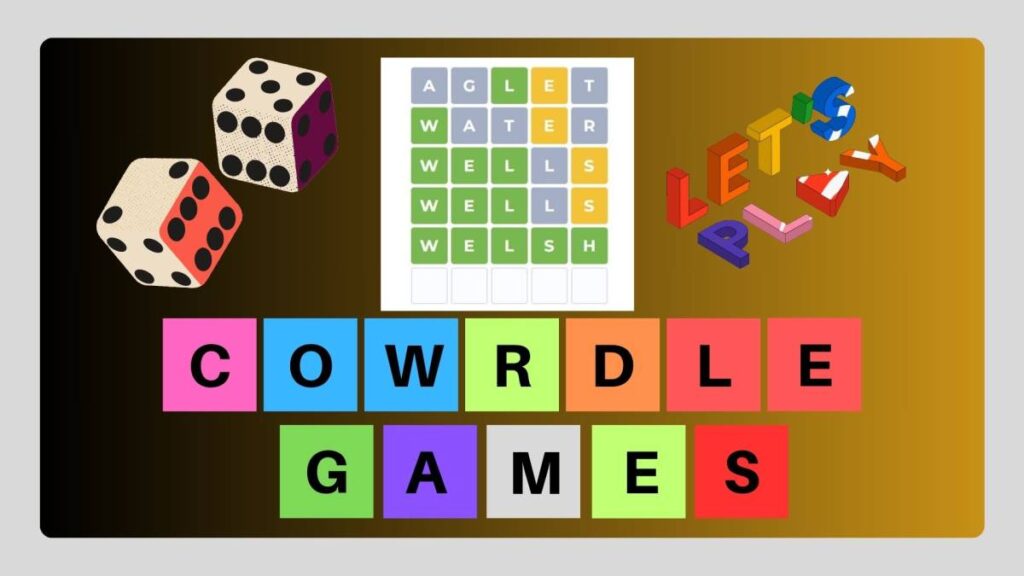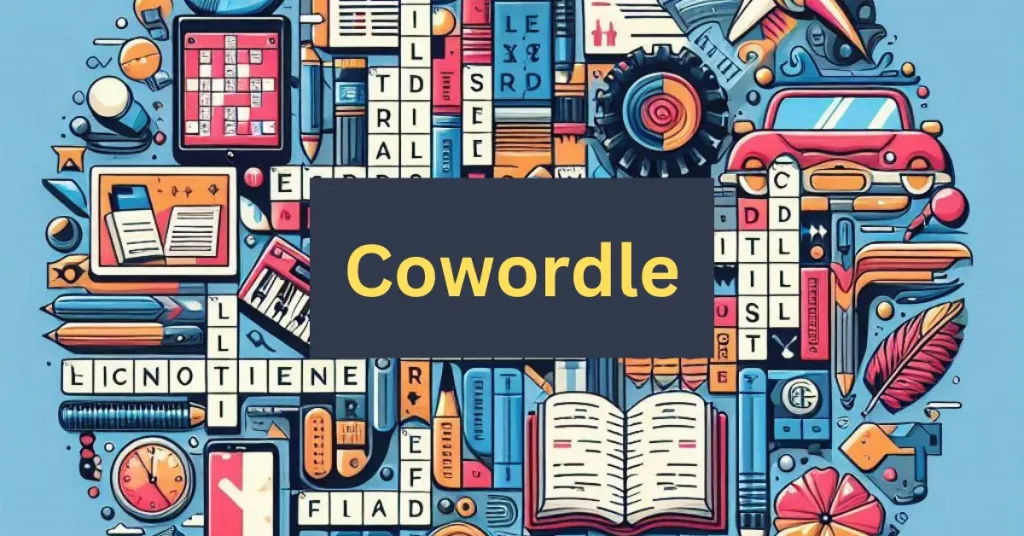
In the realm of word games, a new sensation has emerged, captivating the attention of language enthusiasts and casual gamers alike. CoWordle, a collaborative twist on the classic word puzzle game, has swiftly become a global phenomenon, fostering creativity, teamwork, and a sense of community among players worldwide. In this article, we’ll delve into the origins, mechanics, and cultural impact of CoWordle, exploring why it has become a beloved pastime for so many.
Origins of CoWordle
The genesis of CoWordle can be traced back to the traditional word puzzle game known as Wordle. Created by software engineer Josh Wardle in 2008, Wordle gained popularity for its simple yet addictive gameplay. Players are tasked with guessing a five-letter word within six attempts, receiving feedback on each guess to aid their deduction process.
Inspired by the collaborative spirit of online gaming communities, a group of enthusiasts sought to reimagine the solo experience of Wordle into a collaborative endeavor. Thus, CoWordle was born. Launched as a web-based game in early 2023, CoWordle retained the core mechanics of its predecessor while introducing a collaborative element that revolutionized the gameplay dynamics.
How CoWordle Works
CoWordle retains the fundamental structure of Wordle but adds a collaborative twist. Instead of individual players guessing words in isolation, CoWordle invites teams of players to work together to solve the puzzle. Each team consists of multiple participants, often friends, family members, or online communities united by their love for word games.
The game begins with one member of the team selecting a five-letter word as the puzzle for the day. This word remains hidden from the other players, who must then take turns guessing words of their own. Unlike Wordle, where players receive immediate feedback after each guess, CoWordle provides feedback collectively after all team members have submitted their guesses.
Feedback in CoWordle is displayed in the form of colored tiles, indicating the accuracy of each letter in the guessed word. A green tile signifies a correct letter in the correct position, while a yellow tile indicates a correct letter in the wrong position. Conversely, a red tile signifies an incorrect letter, not present in the solution.
Through strategic collaboration and deduction, teams work together to decipher the mystery word within a limited number of attempts. Success requires effective communication, critical thinking, and a diverse range of vocabulary among team members.
Cultural Impact of CoWordle

Since its inception, CoWordle has garnered a dedicated following and made a significant cultural impact across various demographics. Its collaborative nature fosters social interaction and teamwork, making it an ideal activity for friends, families, and online communities to bond over shared interests.
One of the most notable aspects of CoWordle is its inclusive nature. Unlike traditional word games that may cater to a niche audience, CoWordle’s accessibility and collaborative gameplay appeal to a broad spectrum of players, regardless of age, background, or skill level. This inclusivity has contributed to its widespread adoption and cultural relevance.
Furthermore, CoWordle has spawned a vibrant online community, with players forming teams, sharing strategies, and engaging in friendly competition. Social media platforms serve as hubs for discussing daily puzzles, exchanging tips, and celebrating collective victories. The sense of camaraderie and mutual support within the CoWordle community reinforces its appeal and longevity.
The Future of CoWordle
As CoWordle continues to captivate players worldwide, the future looks promising for this innovative word puzzle game. With its emphasis on collaboration, creativity, and community, CoWordle has the potential to evolve and expand in exciting ways.
Developers may explore new features and game modes to enhance the player experience, such as themed puzzles, customizable avatars, and competitive events. Additionally, partnerships with educational institutions could leverage CoWordle as a learning tool, promoting literacy, vocabulary development, and teamwork skills among students.
Moreover, the ongoing engagement of the CoWordle community will drive its growth and sustainability. As players continue to share their love for the game, recruit new members, and contribute to its evolution, CoWordle will remain a beloved pastime for years to come.
In conclusion, CoWordle represents a compelling fusion of traditional word puzzles and collaborative gaming, offering a refreshing and inclusive experience for players of all backgrounds. Its cultural impact and dedicated community underscore its status as a modern classic in the world of word games. Whether you’re a seasoned wordsmith or a casual gamer, CoWordle invites you to join the collective quest for linguistic mastery and collaborative fun.


